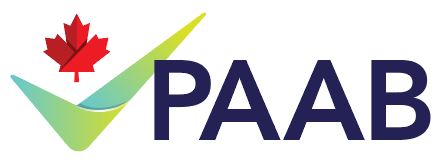Hey @vt
Yes, you should ensure that the 4 criteria are still followed. These criteria still exist in the distinction document, they are just mentioned across the document and therefore not repeated in this section.
For example, the “Content and Context Factors” section in the “Overview” states:
• A message involving unauthorized health products or unauthorized indications, in a context such as educational activities, may be considered promotional if:
• the message does not caution that the product’s safety and effectiveness are still under investigation and that Health Canada has not yet granted market authorization
Within the Educational Activities section, things that could make the piece promotional are:
• The limitations of the data and of the health products are not adequately discussed
• Reports, edited scripts or recorded videos of the proceedings, in whole or in part, that concern a health product are disseminated by the sponsor or its agent to a wider audience
These are in addition to the copy under the revised heading of “Canadian and International Conferences”. In general, if it is a Canadian conference, the content should be created by the Canadian office. If it is an international conference, the content should be created by the parent company and should be adequately disclaimed. Remember that the distinction document is not intended to be an exhaustive list, but a set of guiding principles with examples throughout to help assess context and content. The examples in the “Overview” section should be considered when evaluating individual activities.
